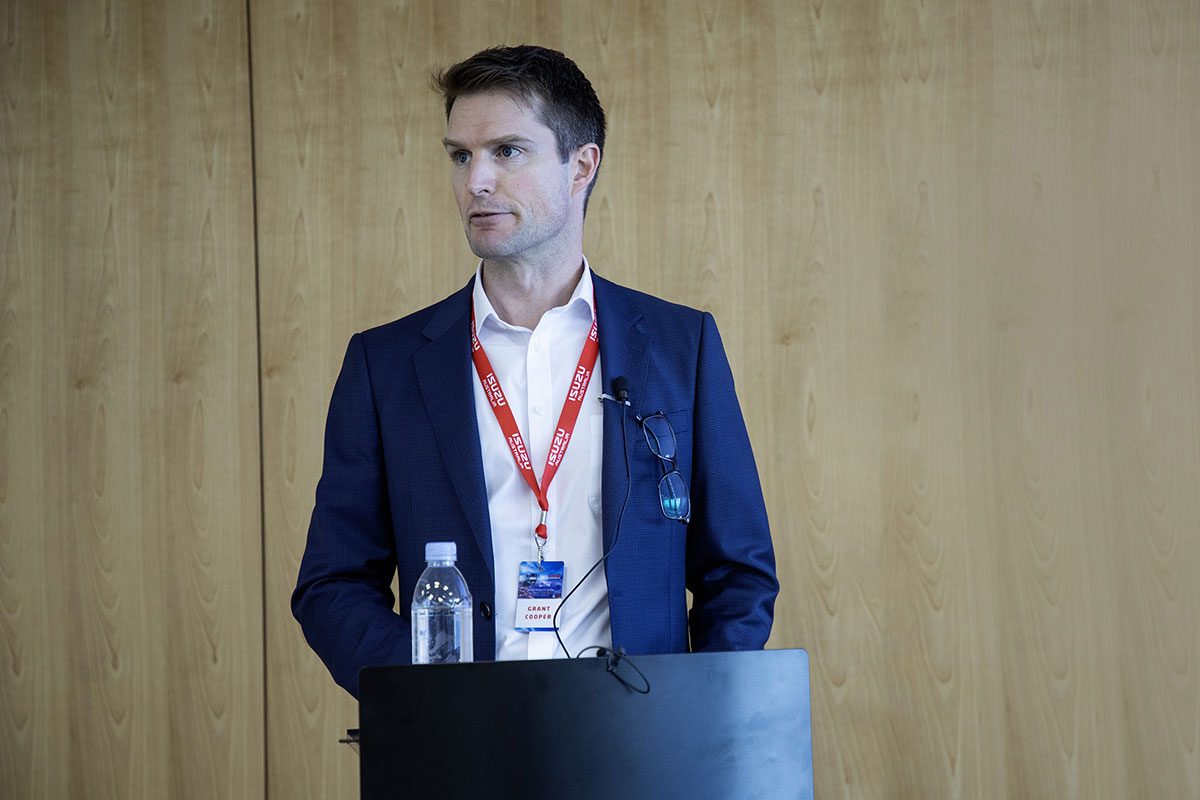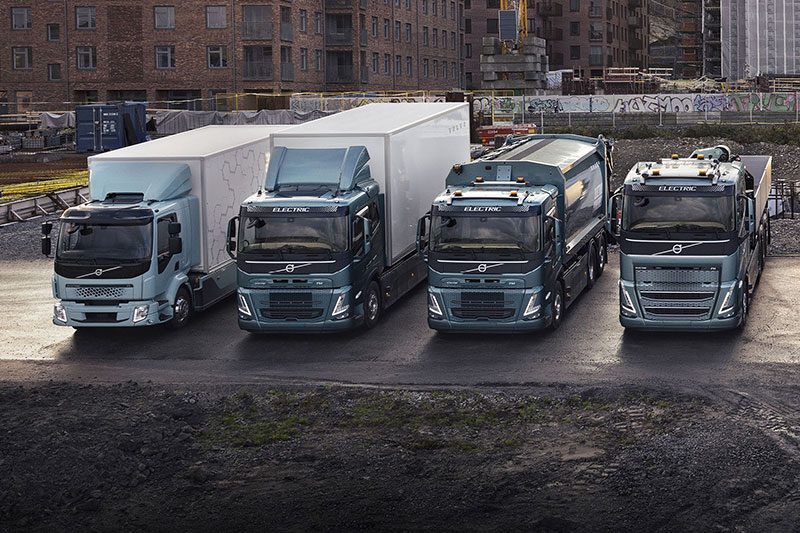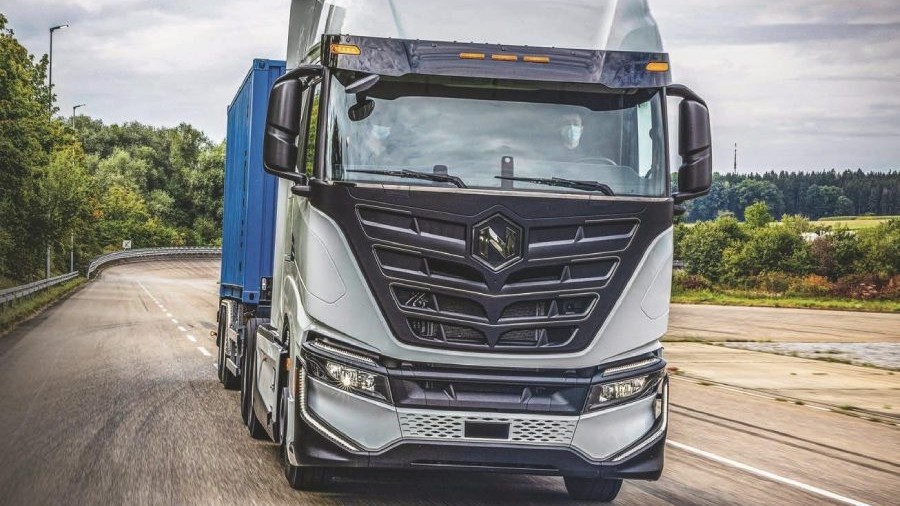
Two zero-emission, heavy-truck prototypes to wear the Nikola Badge have come and gone over the past five years and, for reasons that could be the plot of a good movie, neither has materialised in the ways promised. But now, Nikola three seems to be coming good – and it looks very promising indeed.
 Over the past five years, those with a forward-looking vision of the trucking industry’s future have been teased and tempted by the concept vehicles released by the Nikola Motor Company (now Nikola Corporation).
Over the past five years, those with a forward-looking vision of the trucking industry’s future have been teased and tempted by the concept vehicles released by the Nikola Motor Company (now Nikola Corporation).
With all the promises under the sun made by company founder and former CEO Trevor Milton (who voluntarily stepped aside as executive chairman and from the board in Spetember 2020), the Nikola story has been a roller coaster ride of ‘will they, won’t they?’ New Zealand Trucking editor Dave McCoid twice attended events hosted by the company.
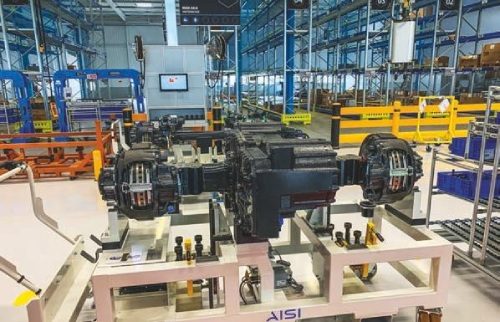
When the Nikola Two was launched in 2019, he and the assembled media were able to watch it, from a distance, drive around in circles under its own power, supposedly – memories ofthe event are still shrouded in scepticism. The One wasn’t anything more than a concept vehicle.
Late in 2018, the company unveiled its third concept, the Nikola Tre cab-over, which was intended to be available in battery electric vehicle (BEV) and hydrogen fuel-cell electric vehicle (HFCEV) versions. Unlike its large conventional forebears, the Tre was aimed primarily at the European market.
 And, again unlike the One and Two, it was the model with the most promise of making it to production, thanks to development partner Iveco backing the project. We weren’t holding our breath. But the odd CNH Industrial (Iveco parent company) press release would come through every sooften, updating the industry on the Tre’s progress.
And, again unlike the One and Two, it was the model with the most promise of making it to production, thanks to development partner Iveco backing the project. We weren’t holding our breath. But the odd CNH Industrial (Iveco parent company) press release would come through every sooften, updating the industry on the Tre’s progress.
Now, in September, two very significant events have hammered home the reality of the Tre – Iveco and Nikola inaugurated their joint-venture manufacturing facility in Ulm, Germany, and the journalists in attendance were able to get up close and personal with the Tre. And by up close and personal, we don’t mean they only saw it standing under some bright lights or slowlyparading past – they were able to climb aboard and go for a ride.
While the opportunity to get behind the wheel won’t very promising development indeed.
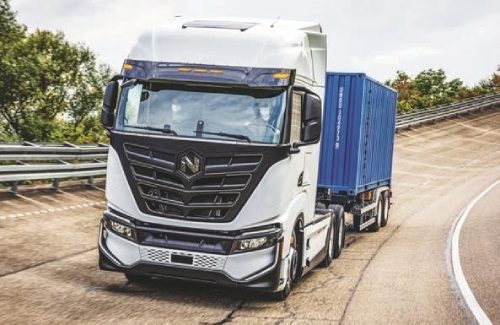
The demonstration unit was the Tre BEV (battery-electric vehicle) in a 6×2 configuration and specified according to US regulations. This means it’s an extended tractor unit when compared to the European version.
This particular prototype is not allowed to run on European roads unless local authorities issue a special permit.
Gianenrico Griffini, president of the International Truck of the Year jury, was in attendance and was one of the journalists able to climb aboard the Tre and go for a ride with a test driver. “The Nikola Tre tractor-trailer combination looks impressive,” Griffini says. “It’s certainly a well-designed vehicle.
It is fast and seamless in acceleration, quiet at cruising speed, there’s no vibration, and there’s also strong deceleration with regenerative braking.” However, Griffini notes that the prototype shown in Ulm probably differs from the final version we’ll see in a few months’ time.
 “The production truck will likely have external cameras (instead of traditional mirrors) and another digital instrument cluster,” he suggests. According to Nikola, the Tre is “designed and projected as a safe, reliable and high- performance, zero-emission transport solution”.
“The production truck will likely have external cameras (instead of traditional mirrors) and another digital instrument cluster,” he suggests. According to Nikola, the Tre is “designed and projected as a safe, reliable and high- performance, zero-emission transport solution”.
You won’t be wrong in thinking it looks vaguely familiar; the Tre is based on the Iveco S-Way platform. However, out goes the venerable Cursor engine and in its place is an electric axle, co-designed and produced by FPT Industrial (the arm of CNH responsible for powertrain development).
With its 753kWh battery pack, the Tre BEV offers up 480kW (645hp) of continuous power and a range of up to 560km. Recharging the battery from 10% to 80% will take twohours with a 240kW DC charger.
With a wheelbase of 4.72m and GCW of 37.2 tonnes, Nikola says the Tre BEV will be ideal for return-to-base, metro/regional applications that involve frequent stops and lighter payload capacity, with a requirement for manoeuvrability and lower operating costs.
Griffini was also able to tour the new 50,000m2 Ulm factory (of which 25,000m2 is under-roof). Featuring a final assembly process that has been designed for ‘electric- born’ vehicles, the Ulm factory will produce the Tre for both the North American market and European Union countries.
 Depending on market demand, the assembly line can simultaneously manage both the Nikola Tre BEV and the
Depending on market demand, the assembly line can simultaneously manage both the Nikola Tre BEV and the
Tre FCEV. Installed capacity is about 1000 trucks per shift per year, but that can be scaled up to 3000 trucks a year if required, Griffini reports.
The Tre BEV will enter production by year-end, and the first models produced will be delivered to select customers in the United States in 2022.
The FCEV version will follow with the Ulm plant beginning production of these by the end of 2023. “Launching the battery technology first will drive the maturity of the underlying platform before adding the fuel cell as a range- extension technology,” Nikola says.
The Tre FCEV will feature Nikola’s electric and fuel-cell technology – utilising fuel-cell power-module technology licensed from Bosch. Fuel- cell power-module assembly will commence in 2023 at Nikola’s manufacturing facility in Coolidge, Arizona, in time with the production of the Tre FCEV.
Together, says Nikola, the teams have designed amodular platform capable of fuel cell as well as battery propulsion technology.
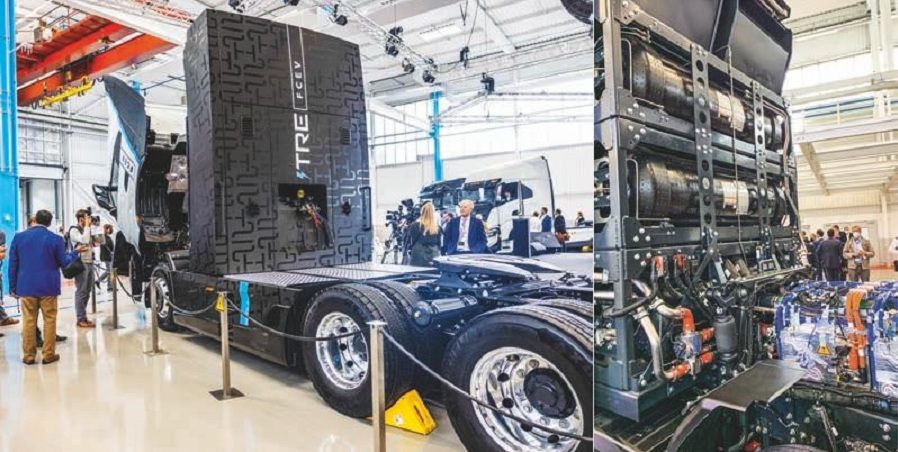
With the backing of CNH, those targets should be achievable. Gerrit Marx, president, commercial and specialty vehicles, at CNH Industrial and designated CEO of the Iveco Group,commented: “Despite all the industry and global pandemic challenges we have been facing since we first announced this partnership in September 2019, it is extremely rewarding to be able to stand here today as a team and witness the execution of on time and according to our original plans.”
Mark Russell, CEO and president of Nikola, added: “This is yet another important milestone for Nikola as we execute on our strategy and vision to be a global leader in zero-emissions transportation solutions.”
The Ulm site is expected to operate according to the principles of the World Class Manufacturing programme, with the goal of achieving zero waste, accidents, failures or stock, confirmed by its key characteristics, including fully digital shopfloor management designed to guarantee 100% traceability and paperless operations.
Read more
Road to Zero Isuzu styles
0 Comments6 Minutes
Ready for the harvest
0 Comments12 Minutes
VGA introduces electric
0 Comments8 Minutes
Celling’ the future
0 Comments14 Minutes


